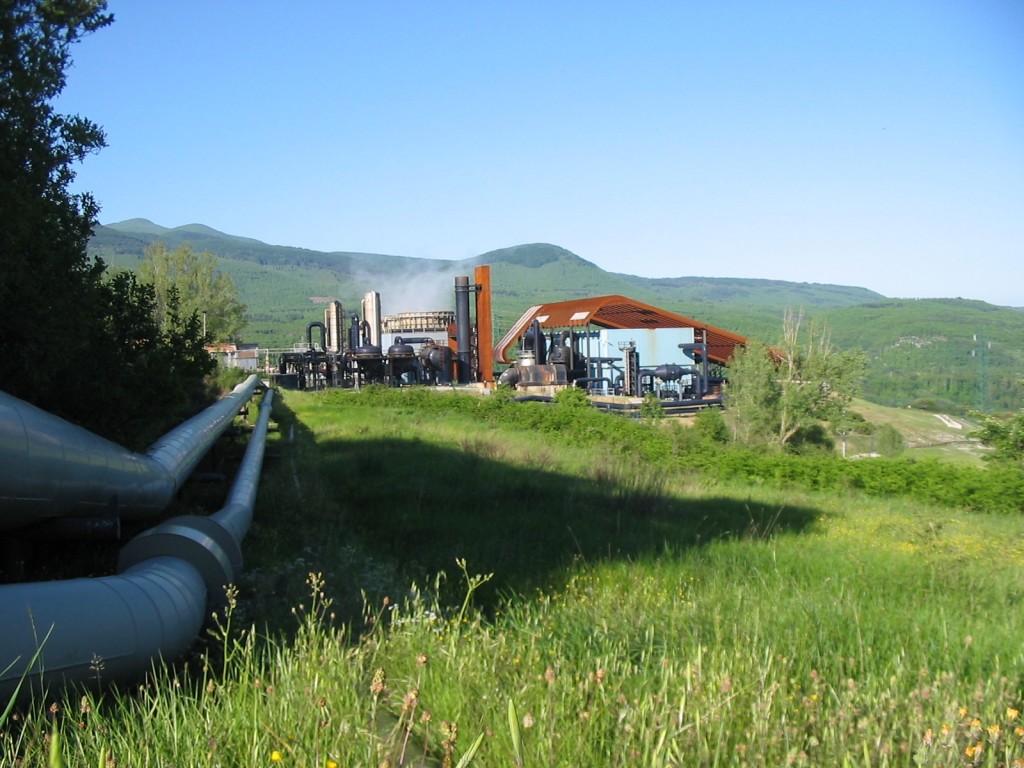Potential future of geothermal in Italy’s new national energy strategy
Italian Geothermal Union makes a passionate plea on the potential role of geothermal energy in Italy's new energy strategy for the future, highlighting the great potential for the various possible applications.
The launch of the new National Energy Strategy (SEN) in Italy is approaching. The new strategy is to be the main tool for overall addressing and programming of energy policy in the country.
According to the statement by the Minister for Economic Development Carlo Calenda, the document will be closed “by the first week in November », then go to the comparison with the Regions. In the meantime, the public consultation phase on the text launched this summer – whose results, after more than 300 received comments, were presented yesterday in Parliament – to which the Italian Geothermal Union ( UGI ) also participated with a comment on the potential future energetic role of geothermal energy in Italy.
Within the precise comments made by Sen, elaborated by Ugi (and available here in full version https://goo.gl/MMtjJn ) emerges the great potential still inherent in the cultivation of the geothermal resource that our country first opened for the first time to the world over a century ago. Even today, for the production of electricity, only the resources of the very high temperature hydrothermal reservoirs of Tuscany are used, providing a total of “a power of just under 1,000 MW and a production of about 6 TWh, equal to 6% of renewable production and 2% of total production (data 2015) at national level.
However, adding to the geothermal potential contained within traditional hydrothermal resources – present in a territorial basin of about 1,500 sq. Km – with the much larger amounts of unconventional geothermal systems (hypercritical fluids, magmatic systems, hot springs, geopowered systems, Egs) could reach far higher levels: this productive potential is “surely more than 10 times that of the current geothermal park, with the order of at least 10,000 MW of power (and output> 70 TWh)”, with plants that “could become industrially productive by just over 10 years. ” Convincing thus a revolution in energy supply and the struggle for climate change for Italy.
Not to mention the direct use of the heat fraction of this resource for heating and cooling: already today ‘geothermal technologies are, after bioenergy, those that mainly contribute to district heating networks powered by renewable sources in Italy’. In this case, the resources “can rely on much wider geographical availability than what is quoted for electricity production”, and Ugi points out that “from now on” it is possible to fully develop the building’s air-conditioning systems by using geothermal heat, or with geothermal probes of limited depth.
Huge potential, therefore, in terms of environmental objectives and carbonization, as well as security in supply (geothermal energy is an indigenous source of energy , of which our country is particularly rich), are opening today for Italy . But they will not materialize on their own.
“The further development of geothermal energy – in fact, is the result of the lack of enabling policies that eliminate regulatory and procedural difficulties and promote self-consumption,” also underlined “the importance of supporting measures and related mechanisms specific access to geothermal energy, which has diversified characteristics compared to other energy sources “, features of great value: first of all, absolute temporal continuity, whereby geothermal energy” is liable to be used (unlike photovoltaic and wind power) as a basic energy in the daily electricity consumption diagram. ”
Sen can do much in this sense and in its commentary, the Italian Geothermal Union does not fail to identify the most appropriate steps to deploy the potential of geothermal energy in the territory, while at the same time pushing for a “fully sustainable use of energy sources.”
The stake is very high: at the environmental and energy targets that we would be able to cut, we add to the positive effects on economic competitiveness for our businesses – who could rely on a cleaner and more energy source, already present on the national territory – and manufacturing and employment growth: the highest level of geothermal know-how in Italy, recognized internationally, is based, as they are pointed out, on state-of-the-art and state-of-the-art research, and already cultivating geothermal “uses Italian production technologies”. Technologies that can add to the country the much-skilled and green jobs it needs today.
Source: Greenreport.it


















